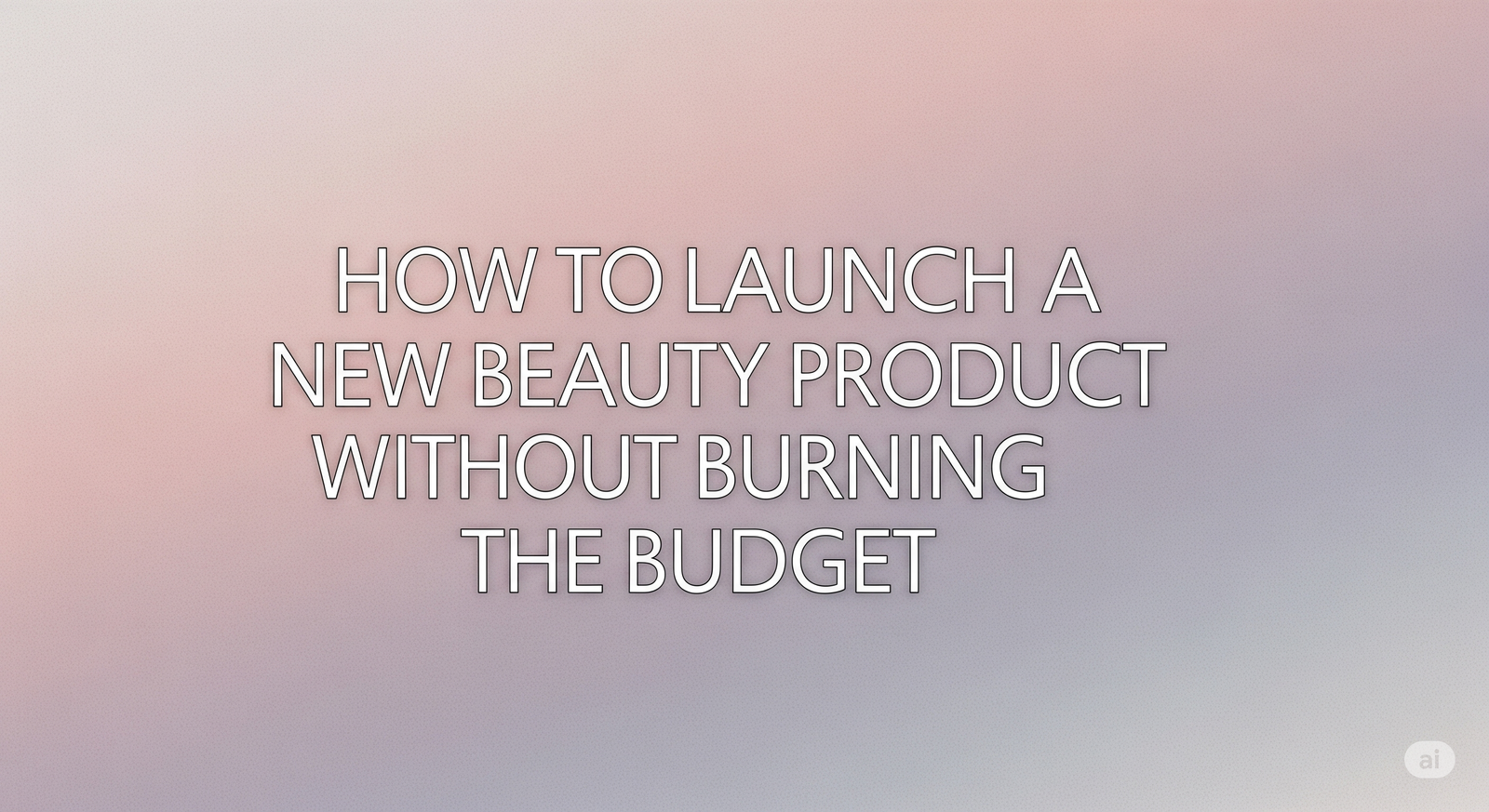Packaging That Sells: Visual Decisions That Impact Sales
Bring your packaging to life. Discover how packaging animation for cosmetics, 3D design, and unboxing videos create packaging design that sells and boosts campaign success.
19 Jun'25
By Niharika Paswan

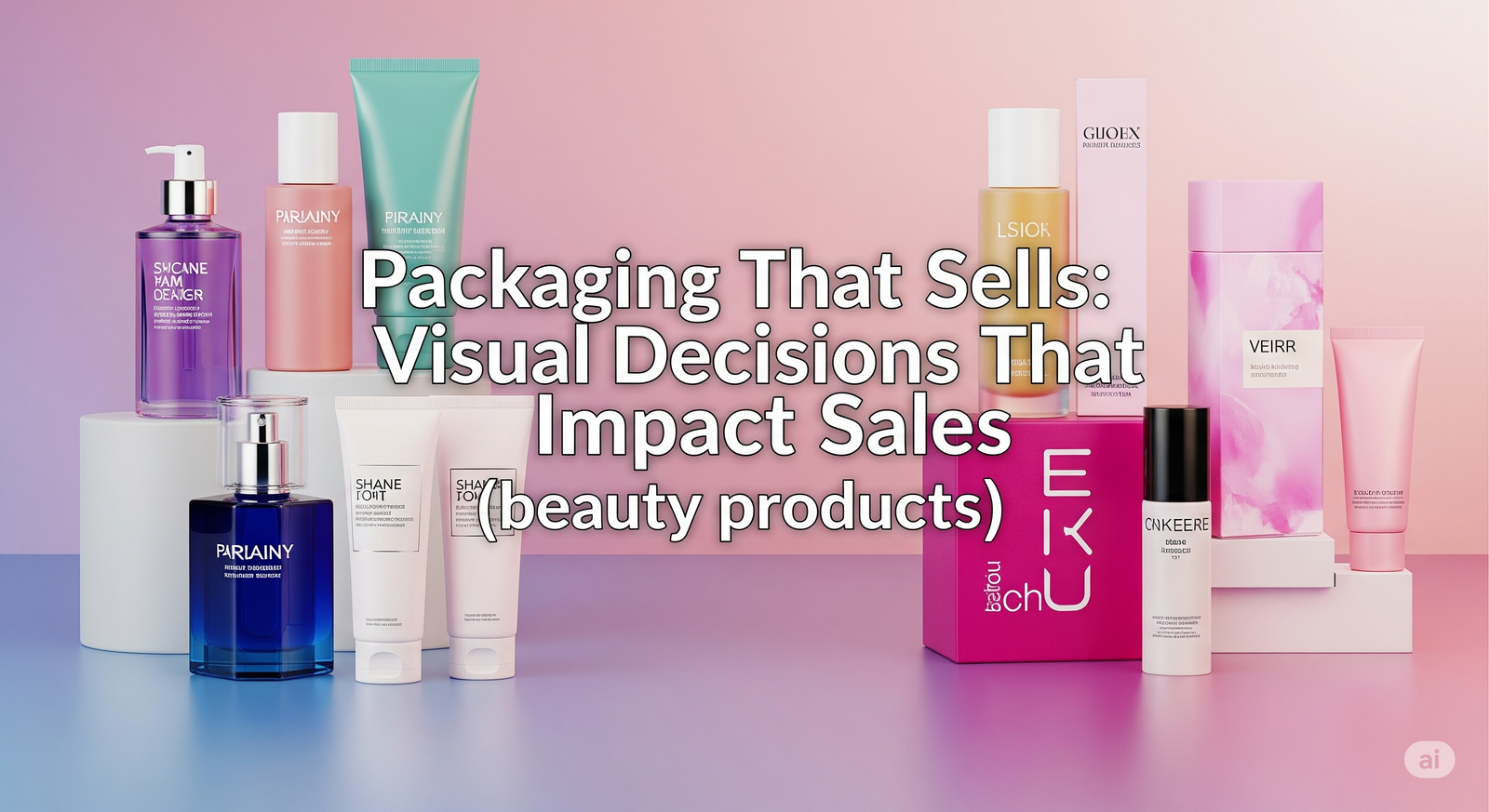
Packaging That Sells: Visual Decisions That Impact Sales
In beauty, packaging is never just packaging. It's shelf presence. It's scroll-stopper. It's first impression. And most importantly, it’s conversion power.
Before a customer touches the product, she touches the box with her eyes. Before she dips into the jar, she judges the finish, the print, the layout, the reveal. And if she’s shopping online? That packaging isn’t just a vessel or container, it’s your campaign’s frontliner.
Too often, beauty brands treat packaging as a design detail finalized at the factory. But the most successful cosmetic launches know packaging is a content asset, one that needs its own screen time, storytelling, and strategy. It isn’t just something to ship. It’s something to show.
Whether you’re launching a lip tint or a 12-step skincare system, packaging that sells requires more than aesthetic. It needs motion, reveal, context, and continuity. And the right visuals turn that packaging into the star of your sales journey.
Why Packaging Isn’t Just Physical Anymore
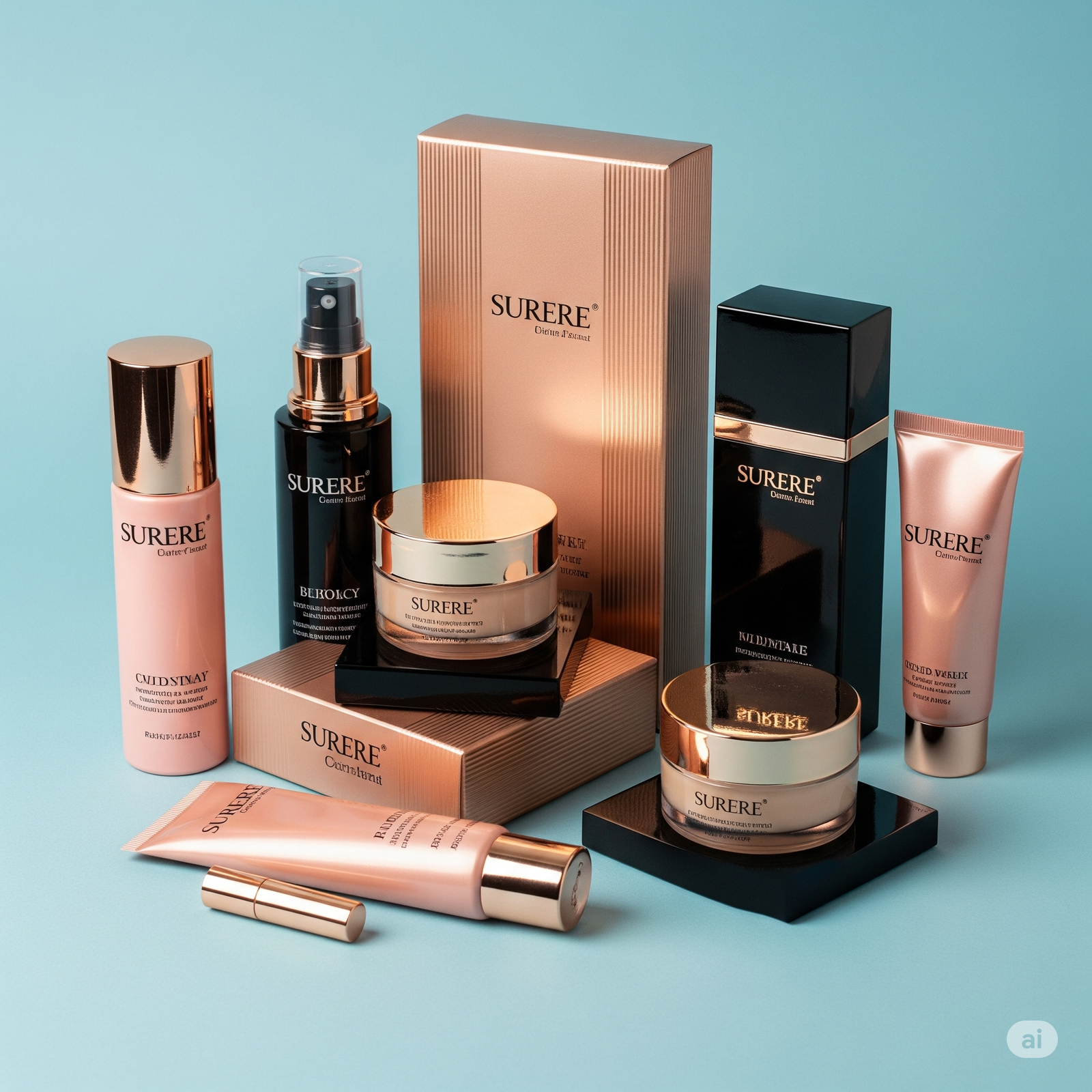
We live in a beauty world where the majority of customers encounter your packaging through screen before shelf. Think:
- Product drop reels
- Unboxing videos
- TikTok hauls
- PDP swatch reveals
- UGC and affiliate demos
If your packaging doesn’t translate visually or worse, if it doesn’t show up at all, you lose critical real estate for influencing a sale. It’s not enough to have a beautiful box. You need packaging content that performs.
That means designing with motion in mind. Thinking of the box not just as a container but as a launch character. One with its own angles, movements, textures, and stories to tell.
What Kind of Packaging Content Sells
Great packaging design creates emotional signals. Great packaging visuals bring those signals to life. Here’s what kind of packaging content consistently drives engagement and purchase intent in the beauty space:
1. Reveal Videos
The unboxing moment is peak anticipation. A slow peel of a seal. A magnetic lid that clicks shut. A drawer box that slides like velvet. These micro-interactions create sensory memory.
Customers don’t just want to see what’s inside. They want to feel the experience of getting there. That journey from box to product, builds desire.
2. 3D Packaging Animation
Before a physical prototype exists, 3D can bring the packaging to life. Spin, rotate, zoom into details. A holographic finish that catches light. An inner tray that fans open. These animations allow customers and retailers to experience packaging in its full dimensionality. Perfect for pre-launch teasers or pitch decks.
3. Texture-Led Closeups
Matte, foil, emboss, UV gloss, these packaging decisions are often lost in flat product shots. But close-up, motion-led content can show the richness of material. Let the camera glide across a raised logo. Let the shimmer shift under soft light. These textures signal premium, even on screen.
4. Cohesive Unboxing Sequences
For kits, gift boxes, or layered packaging systems, a seamless unboxing sequence shows scale and thoughtfulness. When each component reveals with intention, it sells more than product, it sells effort. Customers appreciate considered experiences. And they remember them.
Why Flat Photos Can’t Tell the Whole Story
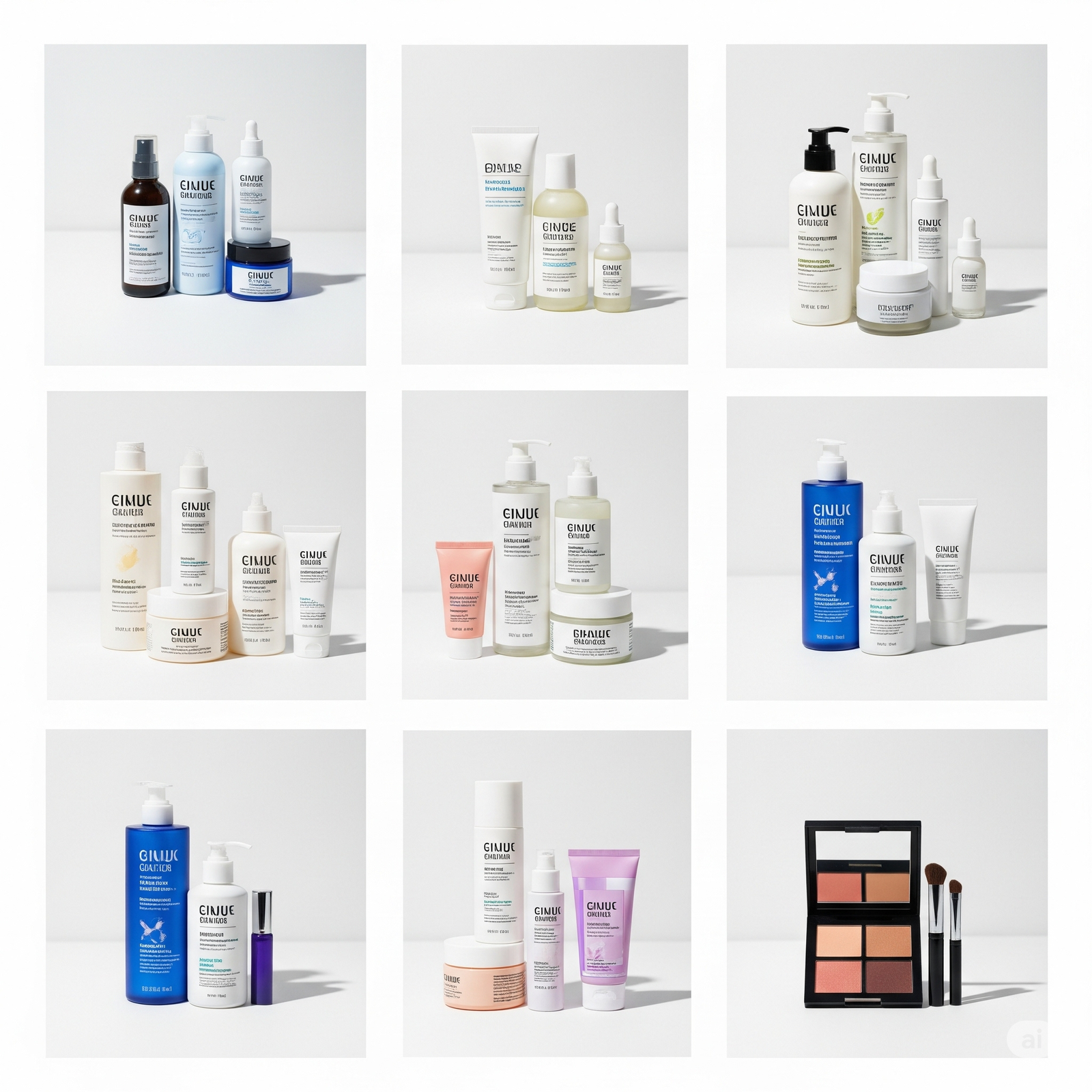
Static photography can capture color and form but it often fails at conveying interaction. The real persuasion in packaging comes from:
- The weight of a drawer opening
- The softness of a tab sliding out
- The quiet magnetism of a lid locking in
These tactile moments are what the human brain remembers. And with online-first beauty, customers aren’t physically holding the product. Your job is to simulate that experience as closely as possible.
That’s why motion graphics, 3D rendering, and reveal videos have become essential parts of launch strategies. They don’t just support packaging they translate it.
Packaging as the Hero of the Campaign
Think about how most campaigns position packaging. It shows up in the background, somewhere behind the swatch or the model shot. But today’s most impactful beauty visuals flip the script.
Packaging becomes the hero. It gets its own reel. Its own camera angle. Its own lighting setup. It leads the campaign with a visual identity that sticks.
This not only helps differentiate your product in a saturated feed, it helps customers associate the packaging with the promise. The tube isn’t just a carrier. It becomes part of the product memory.
Think Fenty’s geometric foundation bottles. Or Rhode’s pill-shaped gloss tubes. These aren’t just containers. They’re brand symbols. And they earned that role by being shown, shared, and spotlighted.
From Box to Screen, We Launch Packaging That Sells
At Admigos, we treat packaging not as a static object but as a performance.
We work with beauty brands at the launch stage to build a visual arc for their packaging across 3D animation, reveal videos, motion-led social assets, and unboxing sequences.
Our studio has helped turn folding cartons into statement reels. Helped pre-launch brands showcase unreleased boxes through hyperreal 3D. Helped D2C brands make their packaging the face of their product pages, not an afterthought.
Packaging doesn’t need to wait for the final shoot. With Admigos, your packaging content can lead the launch, set the tone, and sell from day one.
Need packaging that performs before it ships? Let’s design it for the screen and build it to convert.
Small Packaging Details That Make a Big Visual Impact
It’s not always about a dramatic shape. Sometimes, packaging elements become content assets simply because of how well they animate or capture light. Some examples:
- A zipper-style box opening
- Magnetic flaps with soft-click closures
- Sleeves that slide to reveal foil elements
- Transparent windows that layer logo over product
- Dual-texture surfaces, like soft-touch and gloss on the same panel
These aren’t just nice to hold. They’re satisfying to watch. And in a world where view time = conversion time, those micro-details become big revenue levers.
What Packaging Content Can Unlock
When done right, investing in packaging visuals leads to:
- Higher product page conversion rates
- Increased engagement on launch reels
- More organic UGC and influencer unboxings
- Stronger retail partner interest for display setups
- Long-tail brand recall from visual-first buyers
Packaging content, unlike a trend-based campaign, also has longer shelf life. Once built, it becomes part of your evergreen visual library. It works across seasons, collections, even regions.
Final Thought: If You Designed It to Be Beautiful, Let It Be Seen
Packaging is often one of the most thoughtful design investments a brand makes. So why let it live only in static shelf shots?
Show it move. Show it open. Show it perform.
If your packaging tells a story, let your visuals tell it too.
Because in beauty, the box is part of the promise. And when you show that promise right, it sells itself.
— By Niharika Paswan
How Visual Design Impacts Your Customer Retention in Beauty
Discover how visual design drives customer retention in beauty. Learn how consistency, storytelling, and motion help build lasting brand recall and repeat sales.
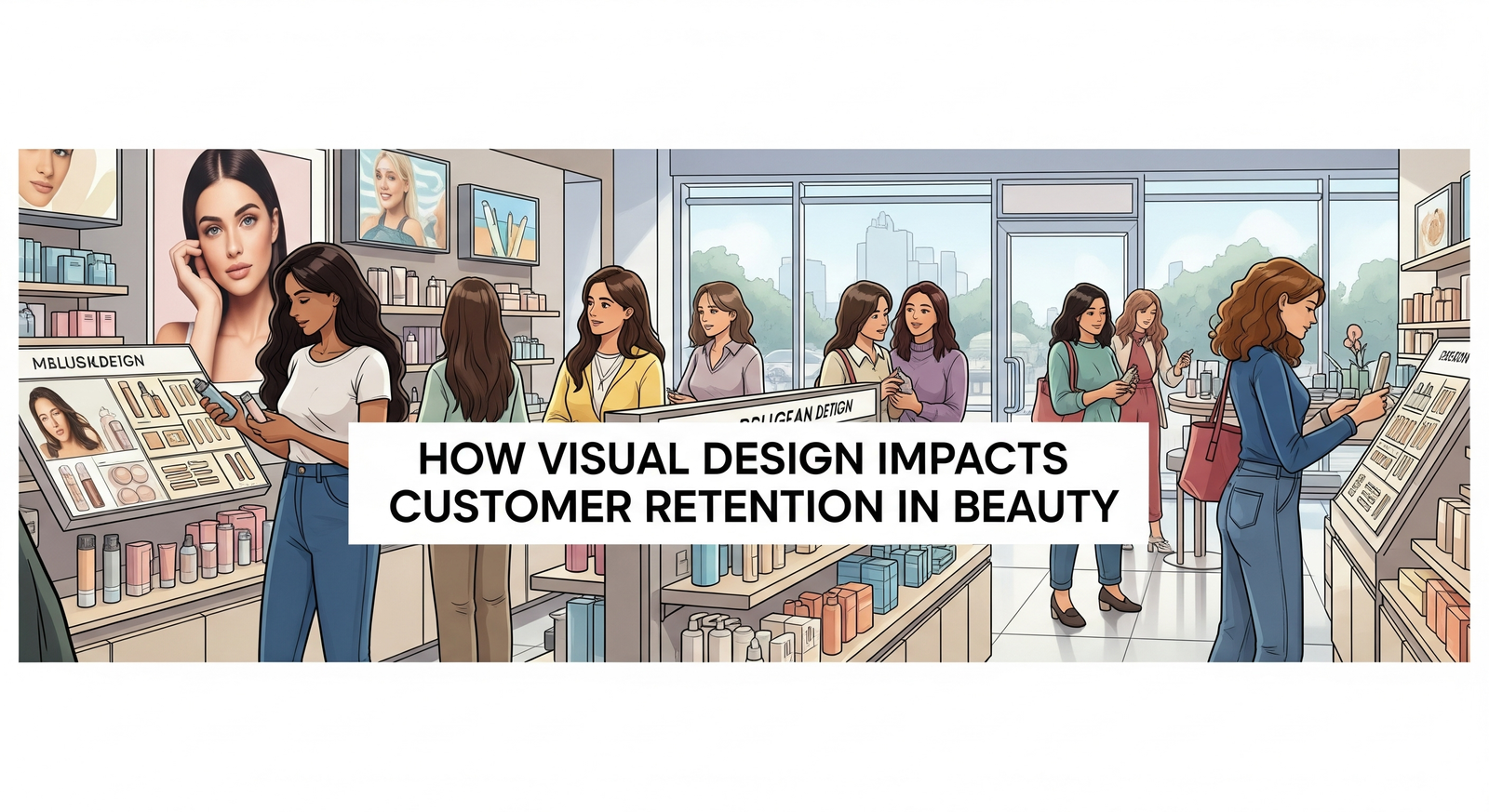
How to Launch a New Beauty Product Without Burning the Budget
Launch your beauty product without overspending. Explore smart, affordable launch campaign tips for cosmetic startups using high-impact visual content that converts.
